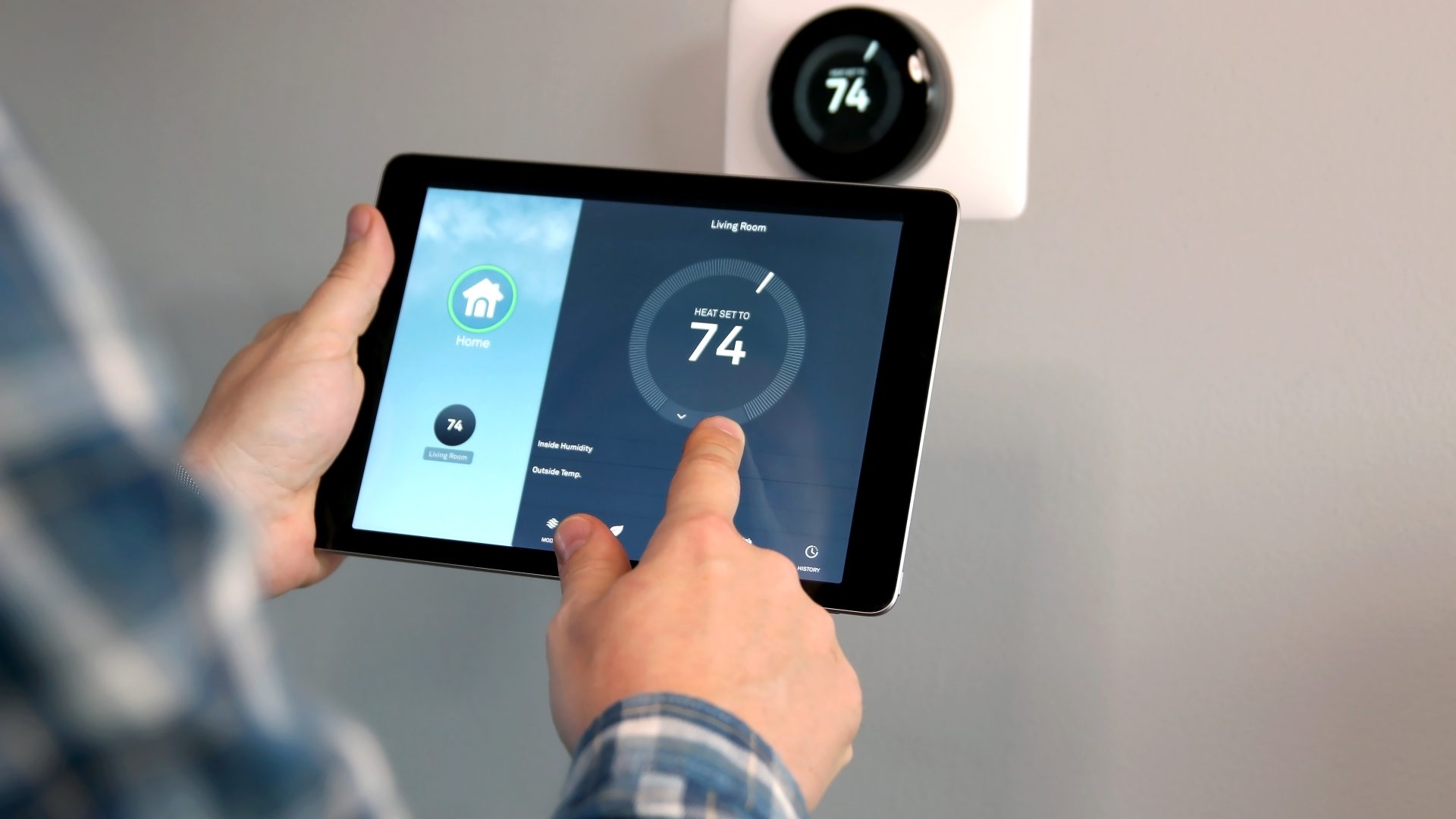With the increasing popularity of DIY projects, many homeowners are tempted to take on HVAC repairs themselves. While tackling minor issues can save money and provide a sense of accomplishment, HVAC systems are complex and can lead to costly mistakes if handled incorrectly. At Advanced Cooling, we believe that understanding the common pitfalls of DIY HVAC repairs can help homeowners decide when to tackle repairs and when to call in the professionals. Here are some tips to help you avoid the most common DIY HVAC repair mistakes.
Not Understanding the System
One of the biggest mistakes DIYers make is attempting repairs without thoroughly understanding how their HVAC system works. HVAC systems consist of various components, including the thermostat, air handler, ducts, and refrigerant lines, each playing a vital role in overall performance. Before attempting any repairs, take the time to familiarize yourself with your system’s operation and specifications. Reading the manufacturer’s manual can provide valuable insights into troubleshooting common issues.
Tip: If you’re unsure about any component, consider consulting a professional before proceeding.
Ignoring Safety Precautions
HVAC repairs can involve electrical systems, high-voltage components, and heavy equipment. Neglecting safety precautions can lead to serious injuries or even fatalities. Common safety mistakes include:
- Failing to turn off the power supply before starting repairs.
- Not using personal protective equipment (PPE) such as gloves and goggles.
- Attempting to lift heavy components without proper technique.
Tip: Always prioritize safety by disconnecting power and using the right tools and equipment.
Overlooking Routine Maintenance
Many homeowners jump straight into repairs without first performing necessary maintenance tasks. Issues like poor airflow or strange noises can often be resolved by simple maintenance practices such as changing air filters, cleaning ducts, or clearing debris from outdoor units. By overlooking these tasks, you may inadvertently complicate what could have been a straightforward fix.
Tip: Establish a regular maintenance schedule to keep your HVAC system running smoothly.
Misdiagnosing the Problem
One of the most significant risks of DIY repairs is misdiagnosing the problem. Without professional training, it’s easy to confuse symptoms or overlook underlying issues. For example, low airflow could be attributed to a dirty filter, but it might also indicate a more serious problem, such as duct leaks or issues with the blower motor.
Tip: Before attempting repairs, consider documenting symptoms and researching potential causes. If in doubt, consult a professional technician for a proper diagnosis.
Using Improper Tools
Using the wrong tools for HVAC repairs can lead to further damage or ineffective solutions. Some homeowners may attempt to make repairs with household tools instead of the specialized equipment required for HVAC work. This can result in improperly executed repairs, leading to more extensive issues down the line.
Tip: Invest in or borrow the right tools for HVAC repairs, or simply hire a professional to ensure the job is done correctly.
Overcomplicating Simple Repairs
Many DIY enthusiasts tend to overcomplicate repairs, attempting to implement fixes that are not necessary. For example, replacing an entire component when a simple adjustment or minor part replacement would suffice can waste time and resources. This tendency to overthink repairs can also lead to unnecessary stress and frustration.
Tip: Focus on simple fixes first and seek professional advice if the issue persists.
Neglecting Manufacturer Guidelines
Each HVAC system comes with specific manufacturer guidelines that should be followed closely during repairs. Ignoring these instructions can lead to improper installations or repairs that may void warranties. For instance, using non-approved parts or making unauthorized modifications can result in costly consequences.
Tip: Always refer to your manufacturer’s manual for guidance on repairs and maintenance.
Failing to Test After Repairs
Once you’ve completed a DIY repair, it’s essential to thoroughly test the system to ensure it’s functioning correctly. Failing to do so can lead to missed problems that could worsen over time. For example, if you’ve fixed a refrigerant leak but don’t check for proper cooling, you might not catch another underlying issue.
Tip: After any repair, monitor your HVAC system for at least a few days to ensure everything is operating as expected.
Conclusion
While DIY HVAC repairs can be a rewarding experience, they also come with risks. By understanding and avoiding common mistakes, you can ensure your efforts lead to successful repairs without compromising your system’s efficiency or safety. If you’re ever in doubt about a repair or the issue seems beyond your expertise, don’t hesitate to contact professionals like those at Advanced Cooling. With years of experience serving Texas and Oklahoma, we offer courteous, friendly, affordable heating and cooling solutions tailored to your needs. Call us to learn more about our services, or schedule a maintenance check!
Advanced Cooling is the premier choice for HVAC services in Texas and Oklahoma. With a team of highly trained and certified technicians, we have the expertise to handle all of your heating, ventilation, and air conditioning needs. Our commitment to customer satisfaction is unmatched, and we always go above and beyond to ensure that your experience with us is positive. We use only the highest quality parts and equipment to ensure that your HVAC system is running at peak performance. Plus, we offer competitive pricing and flexible scheduling to fit your needs. Choose Advanced Cooling for all of your HVAC needs in Texas and Oklahoma.
